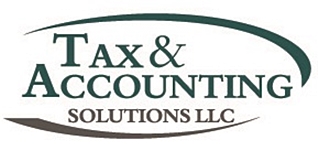Depreciation primer
Depreciation is a complex calculation that represents the wear and tear on property over its useful life. The amount of depreciation depends on the basis, the class life, the method and the convention.
Generally, the basis of property purchased for your business is the cost plus any settlement costs. If you convert property from personal to business use, the basis is the lesser of the fair market value on the date of the conversion or your adjusted basis.
The class life is determined by the type of property that is being depreciated. These class lives range from three-year property, such as tractors and horses, to nonresidential real property with a recovery period of 39 years.
The method generally used is Modified Accelerated Cost Recovery System (MACRS). MACRS has two ways to depreciate: 150% declining balance and 200% declining balance. Property can also be depreciated on the straight-line method, where an equal amount is allowed as depreciation each year over the life of the property.
The default convention is half-year, meaning that the property is considered to be placed into service at the midpoint of the tax year. However, you should depreciate nonresidential real property and residential rental using the mid-month convention. This treats all property placed into service in a month as being placed into service at the midpoint of the month. Finally, you use the mid-quarter convention if mid-month is not required and the value of property you placed in service in the last three months of the tax year exceeds 40% of all property placed in service.
These are the rules for regular depreciation. There are two other types of depreciation: bonus depreciation and §179 expensing.
Certain business property is eligible for §179 expensing. To qualify, the property must be acquired for business use by purchase. Generally, the deduction for §179 is the cost of the qualifying property. However, you do not have to elect §179 for the entire cost of the property. The amount that you can deduct is limited to $1,040,000 in 2020. The deduction begins to phase out, dollar-for-dollar, at $2,590,000.
Bonus depreciation can be taken in the first year you place a piece of property into service. You can take 100% bonus depreciation for property acquired after Sept. 27, 2017, and placed into service before Jan. 1, 2023. Eligible property includes tangible property with a class life of 20 years or less as well as other specialized property. Bonus depreciation is allowed for both new and used property until Dec. 31, 2026. You can elect out of bonus depreciation for each class of property placed into service.

